Introduction
Watermelons are a beloved summer fruit renowned for their refreshing sweetness and hydrating properties. Whether enjoyed as a juicy slice on a hot day, blended into a refreshing smoothie, or turned into a delightful sorbet, watermelons offer a delightful escape from the heat. However, not all watermelons are created equal. Some can be disappointingly dry or lackluster in flavor, while others burst with sweetness and juiciness. The key to enjoying the best watermelon lies in knowing how to select a high-quality one. This comprehensive guide will walk you through the essential steps and tips for choosing the perfect watermelon, ensuring that every bite is a delightful experience.
Understanding Watermelon Varieties
Before diving into the selection process, it’s crucial to understand the different varieties of watermelons available. Each variety has its unique characteristics, including size, shape, color, texture, and flavor. Some common types include:
- Crimson Sweet: Known for its deep red flesh and sweet taste, this variety is often medium to large in size with a dark green rind.
- Sugar Baby: A smaller, round watermelon with a sweet, crisp flesh. Its compact size makes it ideal for smaller households or single servings.
- Charleston Gray: This large, oval-shaped watermelon has a light green rind with dark stripes. It’s known for its high juice content and sweet flavor.
- Black Diamond: As its name suggests, this variety has a dark, almost black rind. Inside, it boasts a deep red, sweet flesh with a high sugar content.
- Yellow Flesh Watermelons: Unlike traditional red-fleshed varieties, these watermelons have a bright yellow interior that is equally sweet and juicy.
Familiarizing yourself with these varieties can help narrow down your choices based on personal preferences and availability.
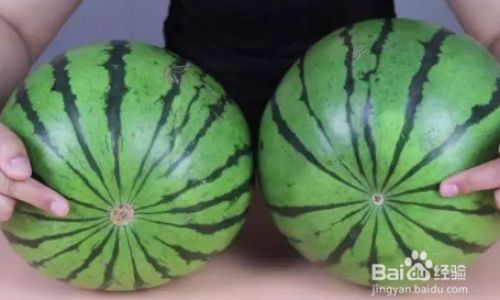
Visual Inspection: The Art of Appearance
The first step in selecting a high-quality watermelon is to inspect its appearance. Here’s what you should look for:
- Color: Depending on the variety, the rind should be a uniform, vibrant green with darker stripes or patches. Avoid watermelons with pale or spotted rinds, as they may indicate an immature or unhealthy fruit.
- Shape: While some varieties are naturally round, others are oval or elongated. Regardless of the shape, look for a watermelon that is symmetrical and evenly proportioned. Avoid those with irregular or flattened sides.
- Underside: The bottom of the watermelon, where it rested on the ground, should have a yellowish spot. This “ground spot” indicates that the watermelon was allowed to ripen fully on the vine.
- Texture: The rind should feel firm and smooth to the touch. Avoid watermelons with soft spots, cracks, or bruises, as these can indicate internal damage or over-ripeness.
Auditory Assessment: The Sound of Ripeness
One of the most iconic methods for selecting a watermelon is by tapping on it and listening to the sound. Here’s how to do it effectively:
- Tap Technique: Use your knuckles to gently tap the rind of the watermelon in several places. Listen carefully to the sound produced.
- Desired Sound: A ripe watermelon will produce a deep, hollow sound, often described as a “thud.” This indicates that the fruit is juicy and has a good internal structure.
- Avoid High-Pitched Sounds: If the watermelon makes a high-pitched or metallic sound, it may be too ripe or underdeveloped, leading to less juice and flavor.
Weight and Feel: The Heft of Quality
The weight of a watermelon can also provide valuable insights into its quality:
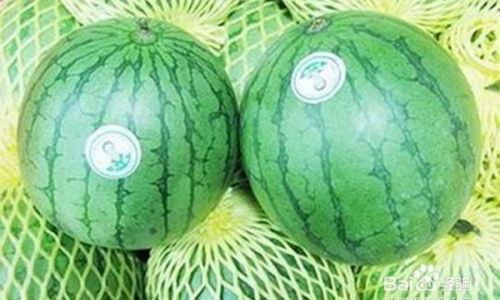
- Hefty Feel: A ripe watermelon should feel heavy for its size. This heaviness indicates a high water content, which is essential for juiciness.
- Lift Test: Try lifting the watermelon. If it feels lighter than expected, it may be dry or overripe. Conversely, if it’s excessively heavy, it could be overwatered, which can affect its flavor.
Checking the Vine: A Sign of Freshness
The vine attached to the watermelon can offer clues about its freshness and ripeness:
- Fresh Vine: A fresh, green vine that’s still attached to the watermelon is a good sign. It indicates that the fruit was recently harvested and is likely ripe.
- Dry or Brown Vine: If the vine is dry, brittle, or brown, the watermelon may have been harvested too long ago or stored improperly.
Smelling the Stem End: Aromatic Indicators
While watermelons don’t have a strong aroma, the stem end can sometimes provide a subtle hint of freshness:
- Fresh Scent: A faint, sweet smell at the stem end can indicate that the watermelon is ripe and ready to eat.
- Lack of Smell: If there’s no discernible scent, it doesn’t necessarily mean the watermelon is bad, but it may require further inspection using other methods.
Seasonal Considerations: When to Buy
Watermelons are typically available throughout the summer and early fall, with peak season varying by region. Buying watermelons during their peak season ensures better quality and flavor:
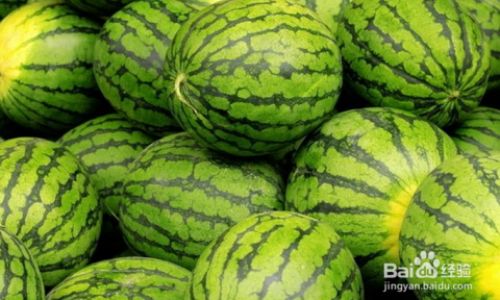
- Peak Season: In many areas, the peak season for watermelons is from June to August. During this time, watermelons are at their freshest and most flavorful.
- Storage: If you find a great deal on watermelons out of season, make sure to store them properly. Keep them in a cool, dark place to retain freshness.
Final Thoughts: Trusting Your Instincts
While there are many techniques for selecting a high-quality watermelon, ultimately, trusting your instincts and experience can be the most reliable method. Over time, as you try different varieties and apply these selection tips, you’ll develop a keen sense for what makes a great watermelon.
Remember, the perfect watermelon is not just about appearance or sound; it’s a combination of all these factors working together. By carefully inspecting, tapping, lifting, and smelling your potential watermelon, you’ll be well-equipped to choose one that delivers on taste, juiciness, and overall satisfaction.
In conclusion, selecting a high-quality watermelon is an art that combines science, observation, and intuition. By following the tips outlined in this guide, you’ll be able to confidently pick out the best watermelon, ensuring that your summer is filled with delicious, refreshing slices of this beloved fruit. Happy watermelon hunting!

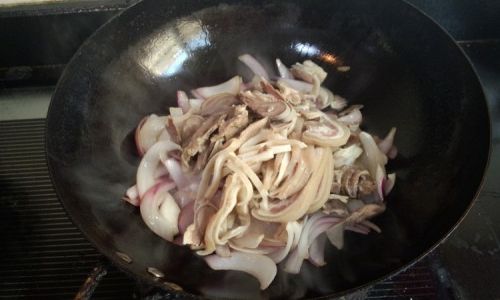
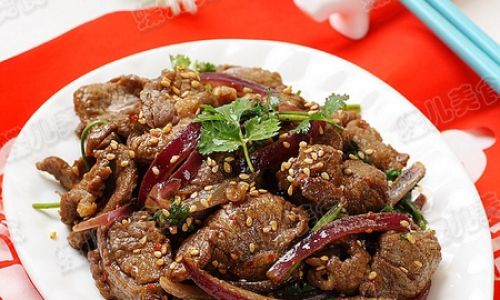

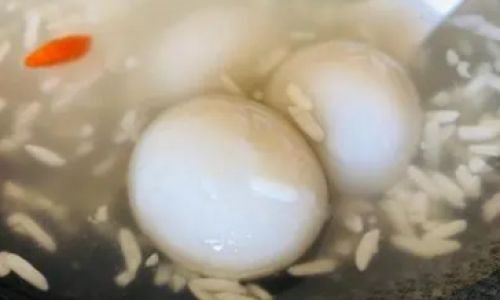
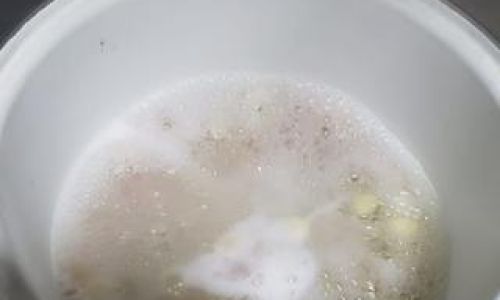
0 comments